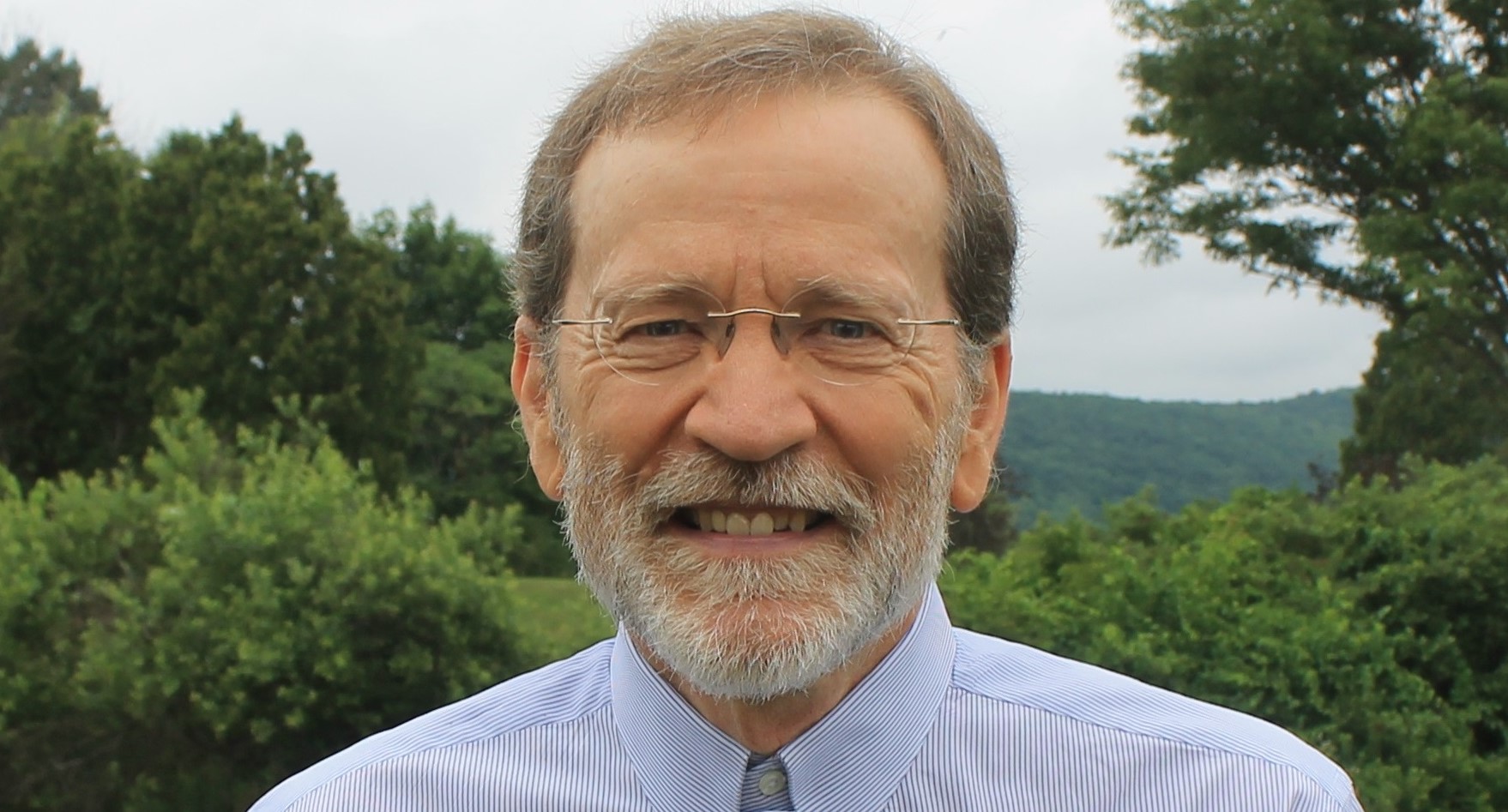The 1987 Survey on the Biological Origins of Human Life
John C. Rankin
[excerpted from First the Gospel, Then Politics …, 1999, Vol. 2, not published]
In the spring and summer of 1987, I conducted a survey to measure the response a proposed multiple-choice question, as a preliminary gauge to a possible ballot initiative in Massachusetts. This is the form we used:
_____________________________________________________________
Survey on the Biological Origins of Human life
No. # _____
_________________________________________________________
Question:
In biological terms, when does an individual human life begin?
- Conception _____.
- Viability (= 20-26 weeks or 4-5 months age in the womb) _____.
- Birth _____.
- Other (specify _________________________).
- 5. I do not know or am uncertain _____.
- I do not care _____.
- Hearing the question, I do not want to answer _____.
- If your answer was other than conception, can you provide any positive biological data to support your choice?
Yes (specify ______________________) No _____.
- Are you willing to spend several minutes reviewing some material concerning conception and fetology?
Yes _____ No _____ I’ll take it with me _____.
- If you have reviewed it, does it change your answer?
Yes _____ No _____ Maybe _____.
- If you have not changed your mind to conception, can you cite any of the material as biologically untrue?
Yes (specify _____________________) No _____.
- Does (or did) your view on the morality or legality of abortion affect your answer?
Yes _____ No _____.
Thank you!
_________________________________________________________
Brief demographic Information – Voluntary
First Name or Initial(s) ________________________
Age __________ Sex ___________
_________________________________________________________
Surveyor’s name ____________________________________
Street _________________ City _______________________
State __________ Zip ________ Phone ( )
Survey Location (City, State) __________________________
Specific _______________
Date ______________ Time _______________
____________________________________________________________
Volunteers were used in the gathering of these surveys, and they were instructed to ask the question first, without giving the respondents any information about conception or fetal development. Our goal was to gain an immediate response, with no attempt to influence their answers as we recorded them. Unlike the final question we prepared for the 1988 Massachusetts ballot, here we gave a broader range of responses, and built in a follow-through mechanism. Once we gained their initial response, then there was the opportunity to see how effective the simple presentation of biological facts would be in changing people’s minds if they had not answered “conception” to begin with.
All the surveys were numbered, and we kept track of them according to the twelve times respondents were solicited. Our sites included four university campuses – Brown (in Rhode Island), Harvard, UMass (Amherst), and Salem State; and four cities – Gloucester, Haverhill, Milford and Springfield. A total of 1,012 people responded. People were approached in public spaces. Of these, 415 respondents came from the university campuses (or 41 percent), and the rest came from the various cities. By having such a large plurality of respondents from the campuses, we actually biased the results in a politically “pro-choice” direction.
Of the 1,012 respondents, 110 of them answered options #5, #6 or #7 – in other words, those who would not or could not answer the question positively. Of the 902 people who did answer positively, the breakdown is as follows:
Conception: 637 (70.6%)
Viability: 124 (13.7%)
Birth: 120 (13.3%)
Other: 21 (2.3%)
On the campuses, “conception” ran about 61 per cent, and in the cities it ran about 82 per cent. When a Catholic priest friend of mine noted these results, he mentioned how remarkable it was that those who have not been to college know how children are conceived, but among the college educated, it is more of a “mystery.” I responded and said: “It is not so much a mystery to the well-educated concerning the conception of human life; rather it is their increased ability to avoid the obvious by talking around it, and their willingness to feign ignorance in order to justify sexual promiscuity.”
Of all the respondents who did not answer “conception,” none of them were able to provide any positive biological data to support their position. And among these same respondents, among those willing to look at the biological information on conception and fetal development after giving their answers, none were able to dispute the accuracy of the material we provided. As well, among the 21 “other” responses, we did not at the time require them to give a biological answer, and most of their answers were in fact non-biological in nature. And finally, there were dozens of people who either changed their answer to “conception” after having looked at the material, or at least checked the “maybe” option. But these changes do not show up in the statistics, as we only included their initial responses as part of our purpose to take a spontaneous pulse of how people would answer.
This was not a “scientific” survey in the formal and professional sense. What I tried to do though, not being trained in statistical sampling and analysis, was to gain as sober a pulse of public opinion as possible. And I weighted the sample heavily toward the college campuses. Thus, if there were any errors in my final numbers, it is a lessening of the true consensus on “conception,” not an increase.
As well, by recording people’s responses before we supplied them biological data, we also biased the results against “conception.” This I did because I did not want to fool myself. I would rather understate than overstate the actual consensus that exists, and work from there. At such a time that we actually get the question onto a public ballot, and in concert with an educational campaign on conception and fetal development, I believe the consensus can exceed 80 percent. Such a public consensus would effectively undermine Roe’s pretension of ignorance. And being a grass-roots reality, it would be far more powerful than were the 1981 Subcommittee hearings.
###


